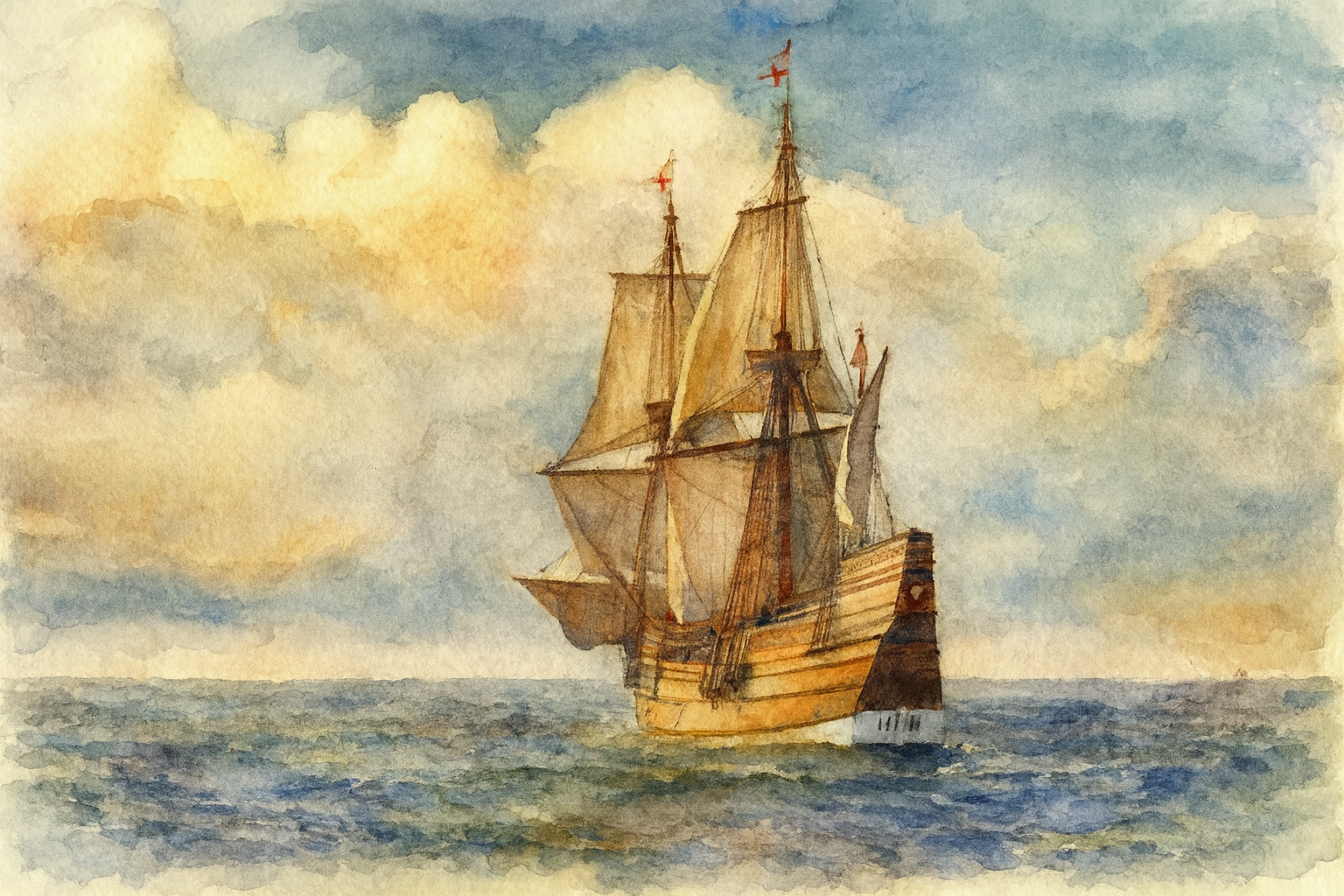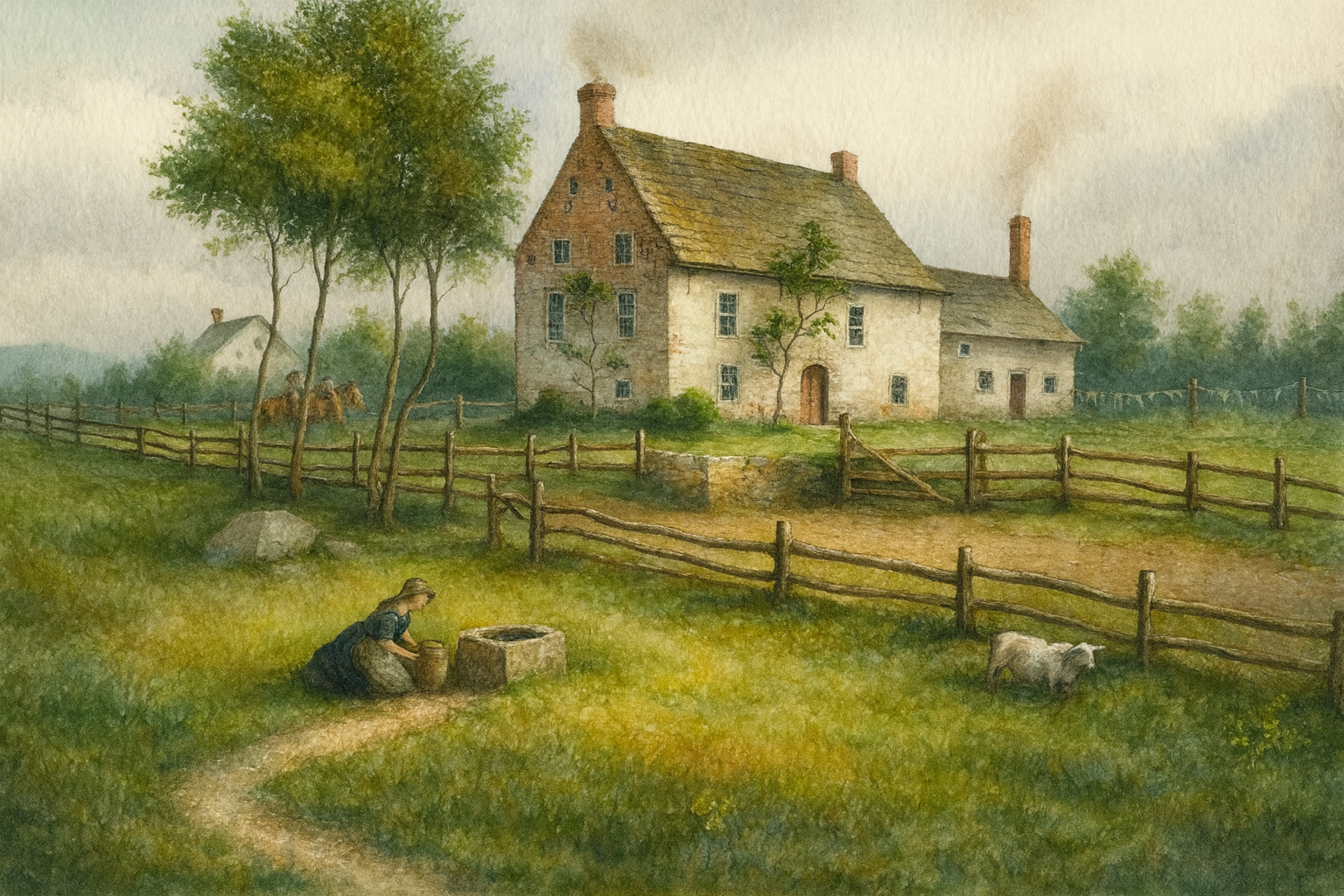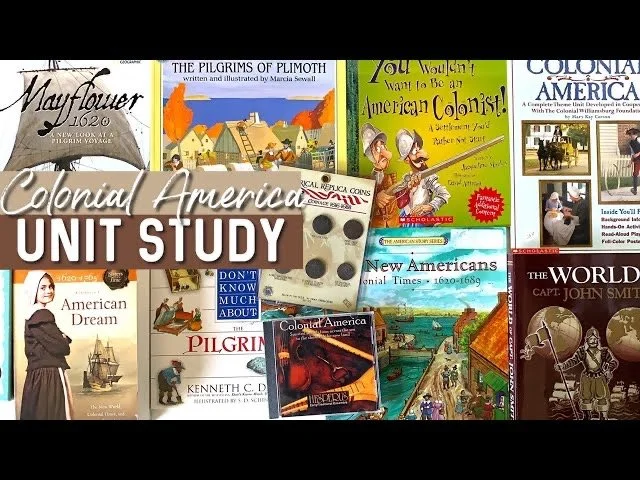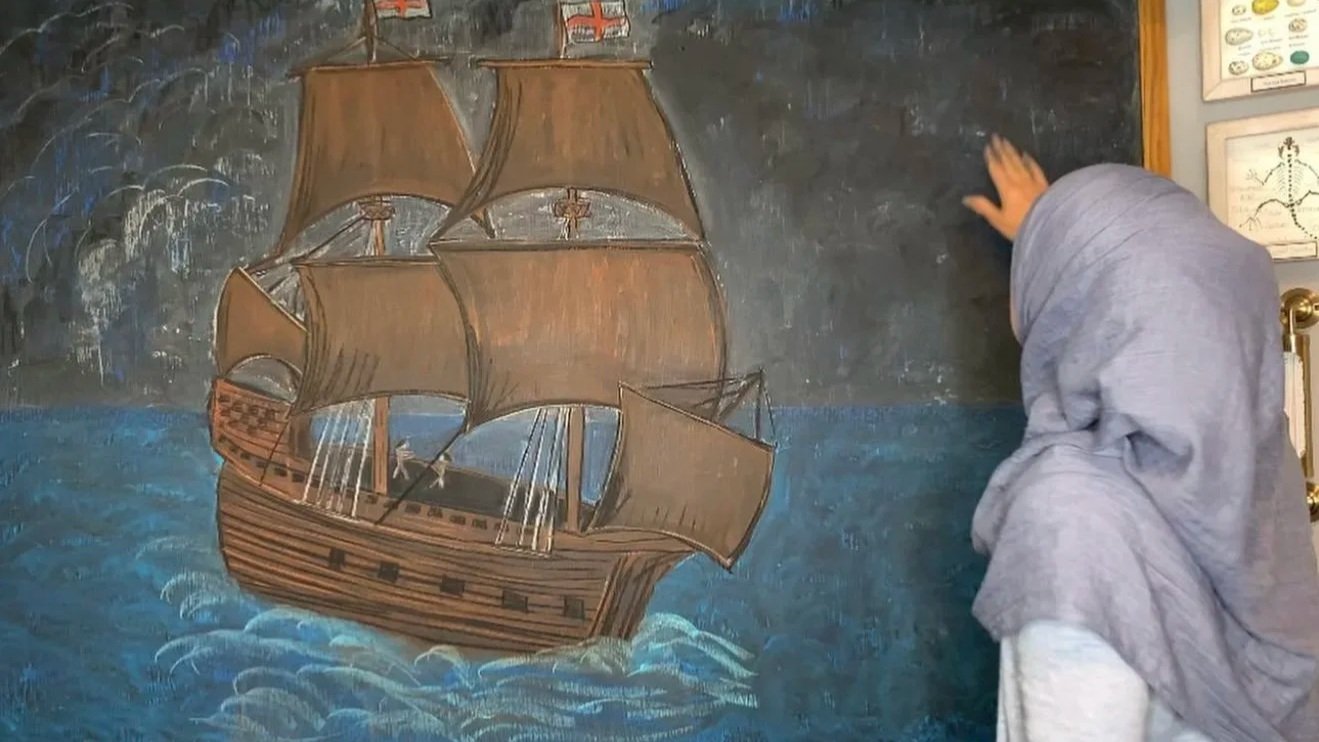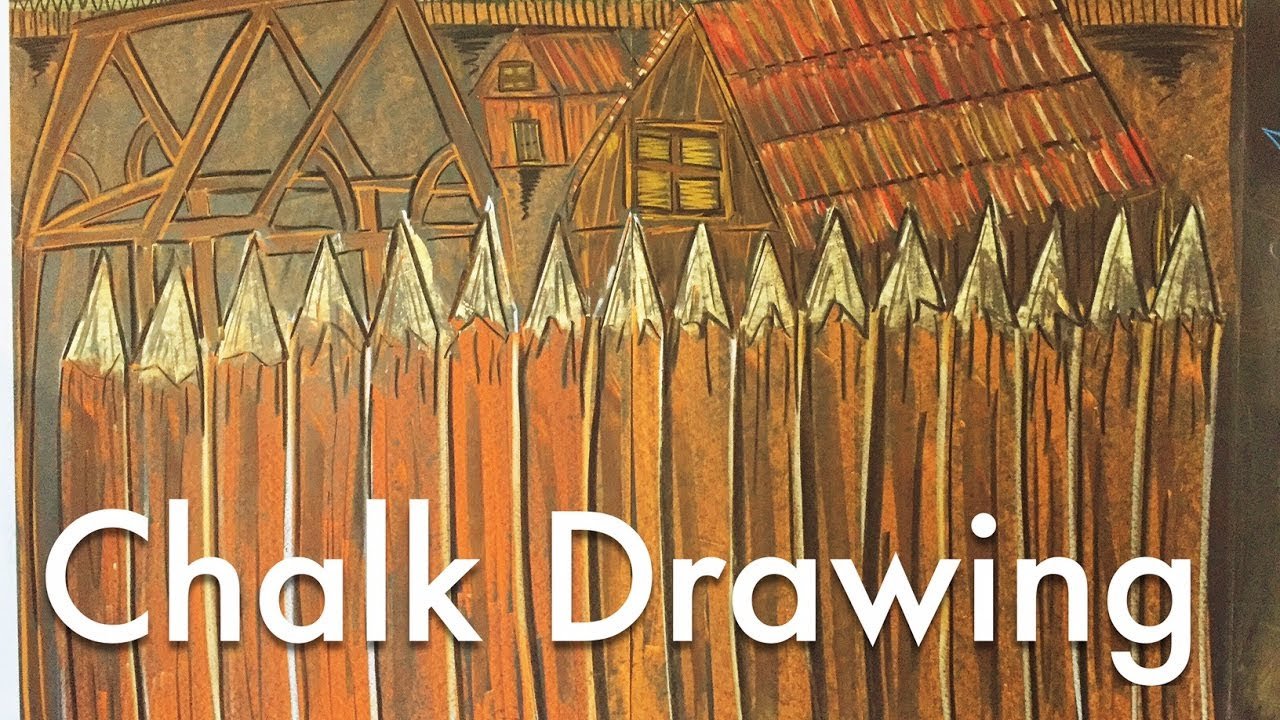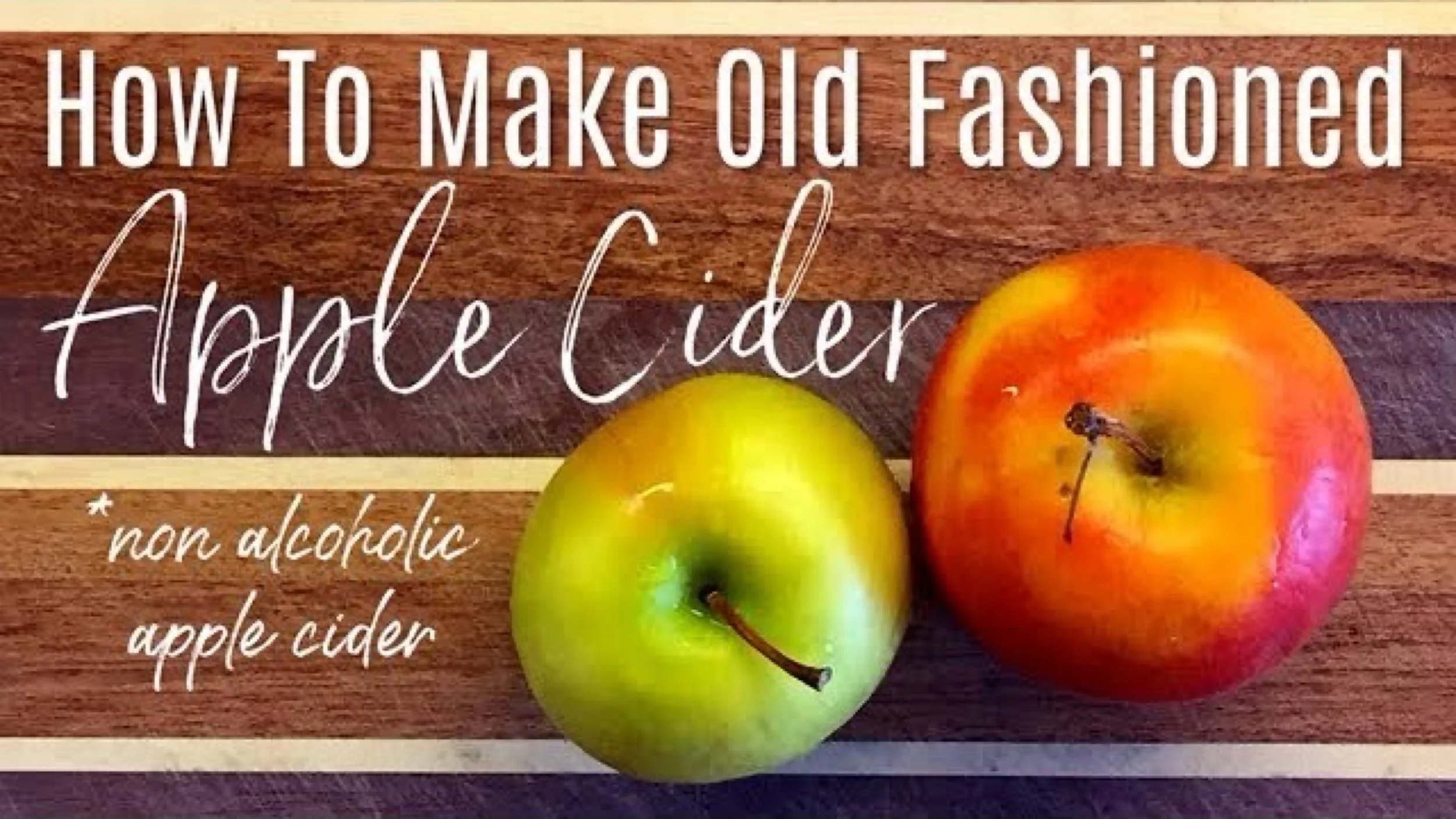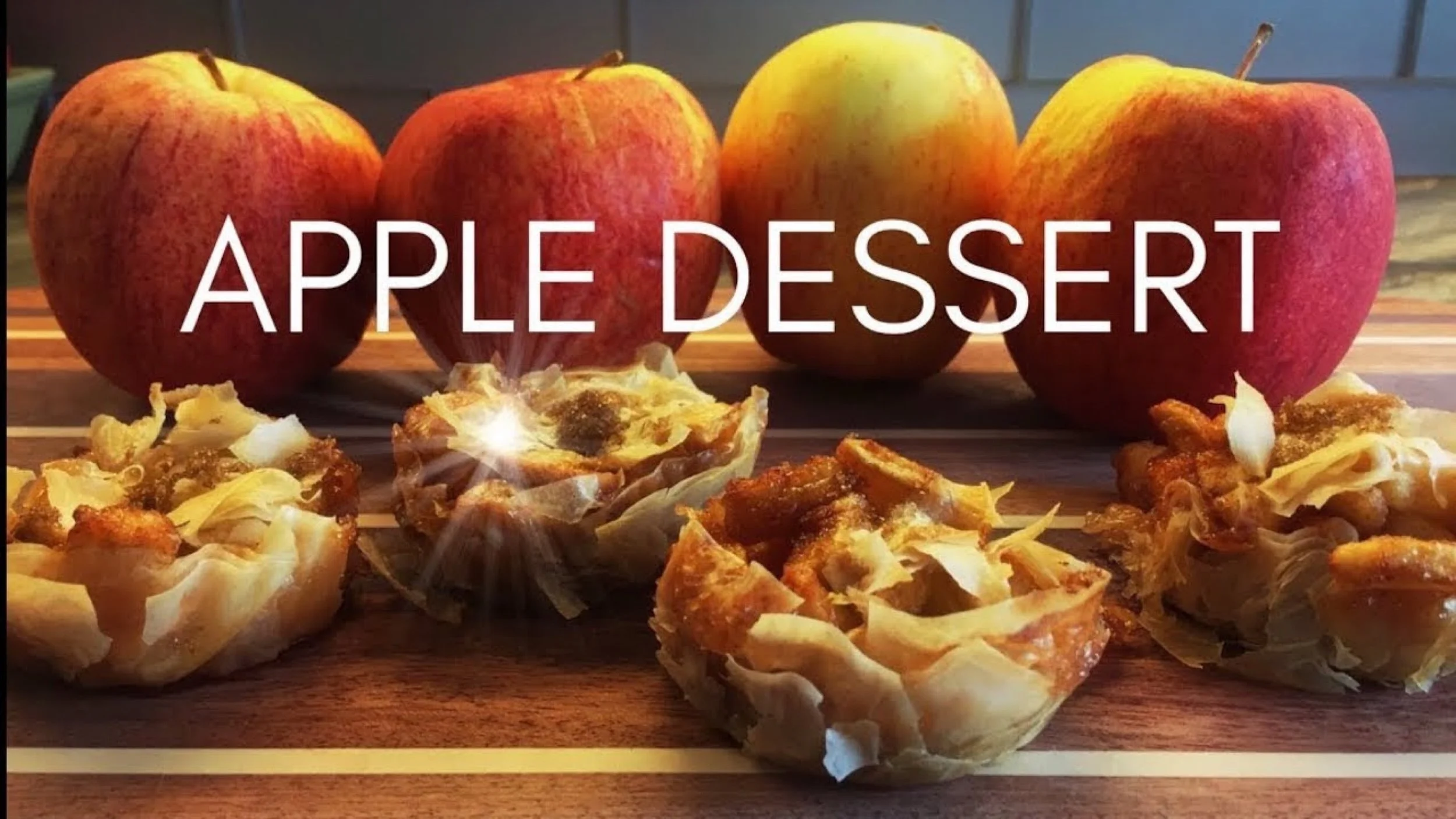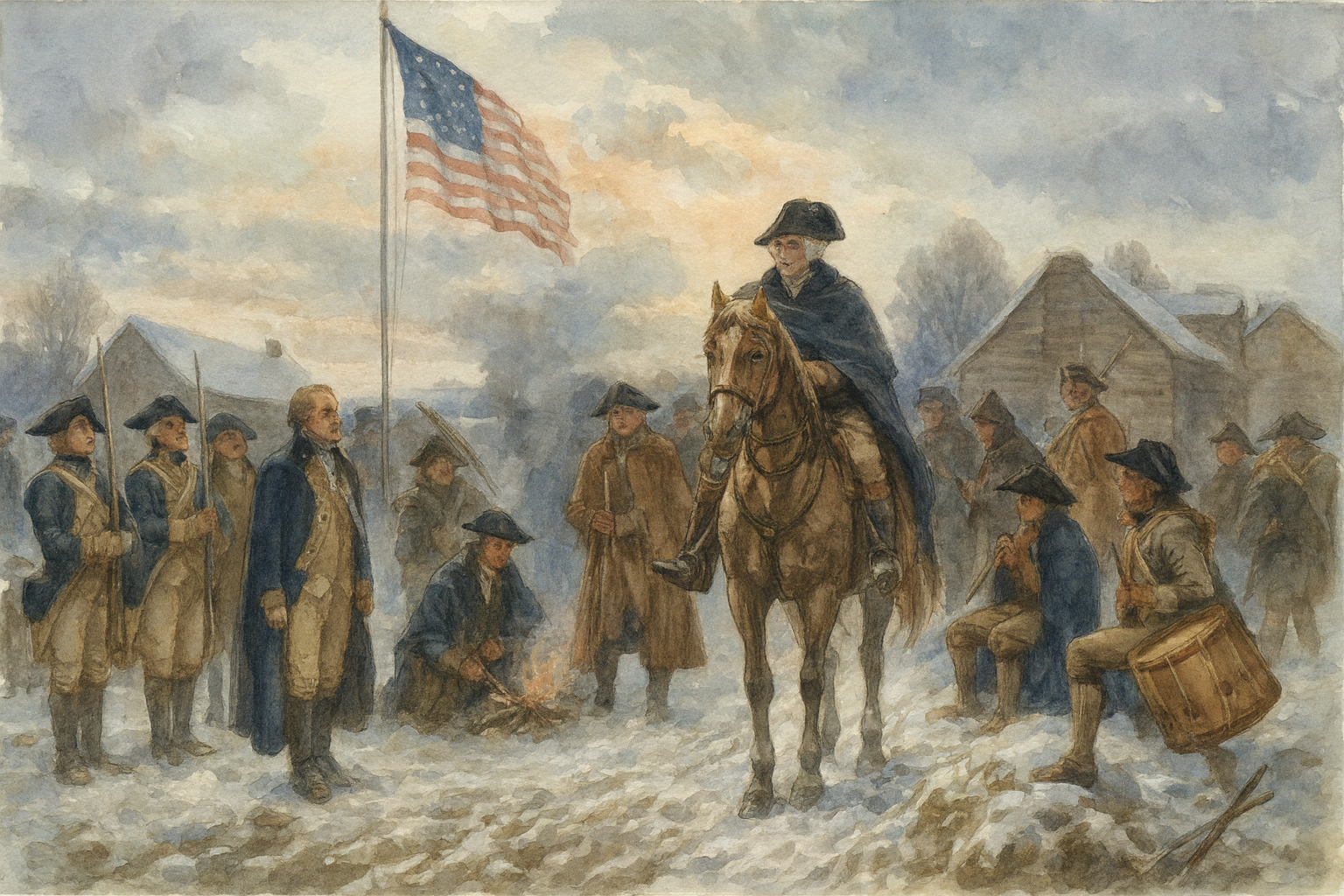
Age of Discovery, Exploration & Adventure
Age of Discovery
In a Waldorf setting, the Age of Discovery is presented in Grade 7 along with the Age of Exploration, Renaissance Biographies, Reformation Biographies, and European Geography. The Age of Discovery covers the explorers, such as Christopher Columbus, Vasco da Gama, Ferdinand Magellan, and the Hernan Cortes and Francisco Pizarro (who conquered parts of central and South America )
The Age of Discovery is presented to students who are roughly 13 years old, who developmentally are going to their own ‘age of discovery’. At puberty, students are seeking independence, questioning authority, and wanting to expand beyond the familiar. The Age of Discovery deeply resonates with this phase of adolescence, because just as humanity itself was venturing into unknown seas, cultures, and ideas through dangerous adventures, the adolescent student is forging onward with limited regard to their own personal safety in search of the unknown driven by a greater desire.
The risk associated to the Age of Discovery, both from a developmental perspective, as well as from an exploration perspective are not well evaluated. The passion for discovery, the need for exploration, and the desire to seek the unknown far outweigh the loss of life or limb.
The “discovery of the Americas” in 1492 with Christopher Columbus’s first voyage across the Atlantic from Spain to the land of the Bahamas marked the beginning of the Age of Discovery.
Calling it the “Age of Discovery” is in misnomer, as those who lived in the Americas had existed for millennia in thriving civilizations, yet it is believed that the vast majority of Europe was unaware of the continent that lay west of the Atlantic Ocean.
In an attempt to find a more profitable route to India and Asia, in search of spices and other trade goods, Columbus took a calculated risk based on ancient books of geography, possibly of Eratosthenes, to sail west around the world in hopes of reaching India by sea rather than the current route of going across land through foreign territory.
Instead of finding a route to India, Columbus landed upon the islands between north and South America. In 1497, Vasco da Gama set sail from Portugal around the Cape of Good Hope to India securing a sea route from Europe to Asia. He proved that a maritime route from Portugal to India was possible. However, this route was lengthy and dangerous.
In 1519, Ferdinand Magellan led the first circumnavigation of the globe. While Magellan himself died during the voyage in the Philippines in 1521, his ship, Victoria returned to Spain in 1522.
The Spanish conquistadors, Hernan Cortes (1485-1547), and Francisco Pizarro (1478-1541), both led expeditions to central and South America, in search of conquest, wealth and adventure.
The 1500s marks the official end of the Middle Ages also known as the Dark Ages. With the Renaissance came an exchange of ideas, the blossoming of thought and a new desire to explore and discover.
While overland trade routes to and from Asia had been thriving for centuries, the motivations for this new maritime exploration was fueled by the desire to search for spices, gold, and new trade routes. A a desire for religious autonomy fueled by factions in the Christian community was an impetus for the establishment of colonies in the newly discovered continent known as America.
The Age of Discovery is usually taught alongside the Renaissance block which covers art, science and humanism, the Reformation block which covers the religious upheaval during the 1500s and the scientific revolution which provided the shift from Christian based truth to the scientific method for establishing material truth.
Age of Discovery
-
Lesson Planning | Discovering the Americas & Columbus
Join me as I share the resources we are using for our Discovering the Americas unit study. I share how I chose books, decide which books to read aloud versus which books I'll assign to my child, and lesson plan this unit study.
-

American History Unit
Though I don't do a separate geography unit, geography is definitely included. Any scientists or explorers from that period of history are also discussed if possible. The kids write daily narratives on what they've learned, occasionally adding an illustration. Spelling and vocabulary are extracted from the texts. We use 'living books' (search Charlotte Mason for explanation) almost exclusive in all our units.
-

Pirate Unit Study
Explore the projects for this mini unit study.
Lesson Planning | Discovering the Americas and Columbus
Join me as I share the resources we are using for our Discovering the Americas unit study. I share how I chose books, decide which books to read aloud versus which books I'll assign to my child, and lesson plan this unit study. This homeschool unit study will take a few weeks to complete, but the book by Foster will no doubt take longer to read unless I cherry pick the chapters the specifically cover the years we are studying. Most of the books are from Rainbow Resource.
American History Unit
I'm putting together my American History unit, and I could use your help! For the past year or so I've been collecting material for an upcoming unit, but I bet you have suggestions to help me out.
When putting together a history unit, I like to find material on the following:
-history
-historical fiction
-biography
-culture
-religion or mythology
-hands-on activities
-projects/kits
-field trips
-games
-other
Though I don't do a separate geography unit, geography is definitely included. Any scientists or explorers from that period of history are also discussed if possible. The kids write daily narratives on what they've learned, occasionally adding an illustration. Spelling and vocabulary are extracted from the texts. We use 'living books' (search Charlotte Mason for explanation) almost exclusive in all our units.
Please comment below in YouTube or on my website if you have any material to suggest. I really appreciate all your help.
How to put together an Ancient Rome unit study.
How to put together an Ancient Egypt unit study.
Colonial Times
By the time Waldorf students reach middle school, they are learning the history that shaped the modern world. In grade 7, they learned about the age of exploration and discovery. Students encountered the daring Explorers, such as Columbus, Magellan, and Vasco da Gama. It is through those explorers and the discoveries that were made in North America that led to its colonization by Europe.
Colonial Times
-

Resources & Chalk Drawings
We have done our Colonial Times Unit Study a few times so the resources are varied and spread over years. While some books and kits may no longer be available, links to most are provided so you may see the types of books I look for when putting together a unit study or main lesson block. I strive to add Living Books to our units to make the lessons lively, engaging and enjoyable.
-

Projects & Activities
The hands on projects for our Colonial Times Unit have been some of the most enjoyable and comforting projects ever in our homeschool. In part because these activities took place in the Autumn, which is a beloved time of year for us, but also my late sister and her son joined us for some of these activities and even hosted her own. Along with candle dipping and churning butter, we dipped apples and baked pumpkin pie. While some of these projects are historic, many were simply inspired.
-

Recipes
We love heading to the kitchen to add recipes to our lessons. We have to eat, so it seems like a win win to add historical meals when doing a history project. Sometimes the meals are regional or cultural rather than historic, but either way, it’s a delicious way to learn.
Colonial Times Resources
Colonial Projects & Activities
Colonial Recipes
US History

